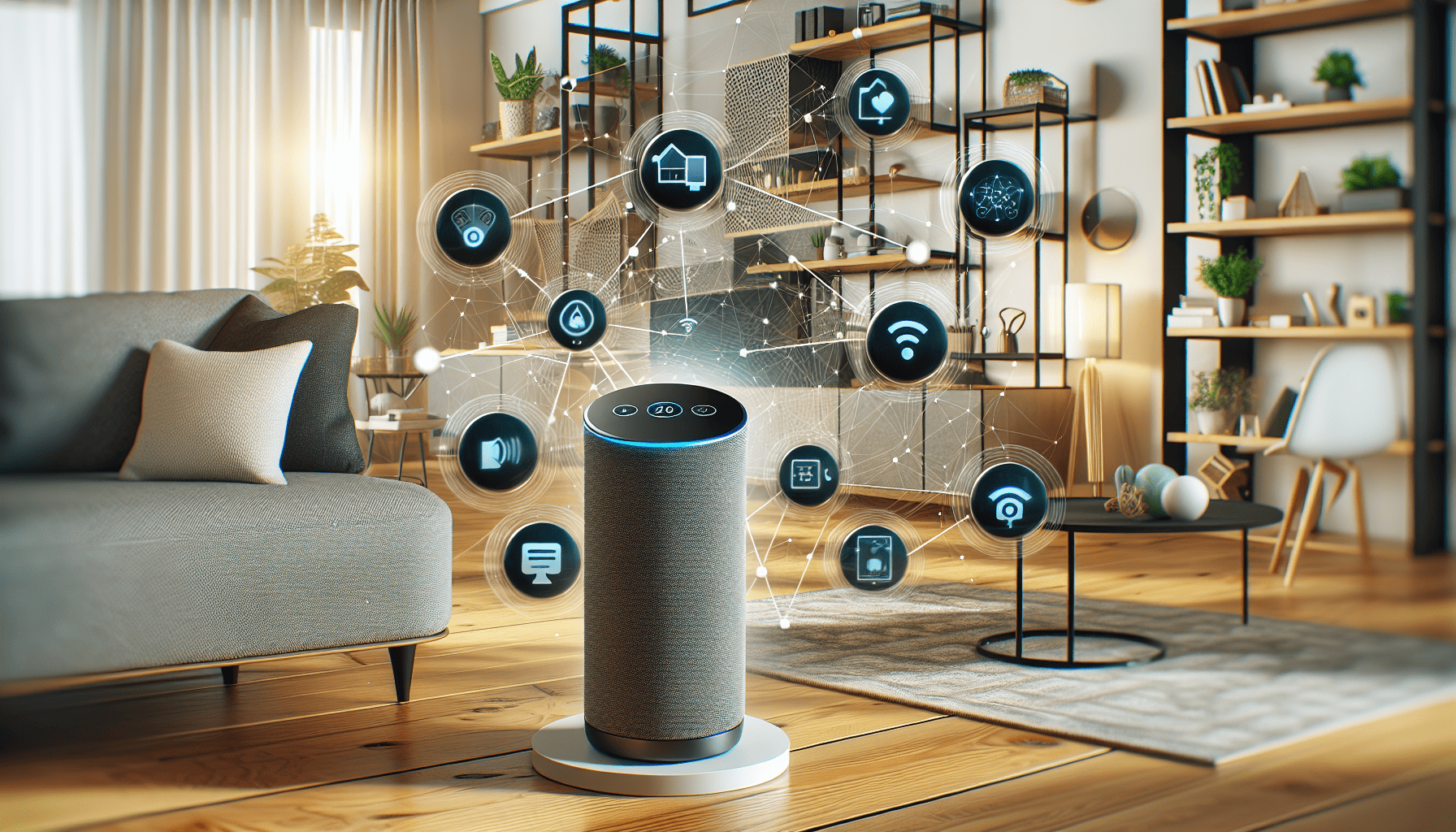In today's digitally connected world, the Internet of Things (IoT) is transforming the way we live, work, and interact with our surroundings. IoT devices are everywhere, from smart home appliances that adjust lighting and temperature automatically to industrial sensors that monitor equipment health and efficiency. However, as the proliferation of these devices continues, one crucial aspect comes to the forefront: seamless IoT integration.
Achieving seamless connectivity with IoT solutions involves more than just interconnecting devices. It requires a comprehensive approach that considers compatibility, security, scalability, and ease of use. Let's explore the key components that contribute to a truly integrated IoT experience.
1. Interoperability and Compatibility
One of the challenges in IoT integration is ensuring devices from different manufacturers can communicate with one another. Interoperability is pivotal because it allows for a cohesive network where devices work in harmony. This requires adherence to industry standards and protocols, ensuring that new and existing devices can easily be incorporated into the network without compatibility issues.
Manufacturers are increasingly adopting open standards, making it easier to create ecosystems where devices seamlessly interact regardless of brand. This trend toward standardization fosters innovation and enables users to build a more personalized IoT environment.
2. Robust Security Measures
With the expansion of IoT, security becomes a paramount concern. Each additional device represents a potential entry point for cyber threats. Therefore, integrating robust security measures is essential to protect data and privacy. End-to-end encryption, regular software updates, and secure authentication protocols are integral components of a secure IoT ecosystem.
Furthermore, employing a zero-trust security model, where every user and device is verified before access is granted, ensures that only authorized entities can communicate within the network. This approach minimizes vulnerabilities and enhances trust in IoT systems.
3. Scalability and Flexibility
A seamless IoT integration offers the flexibility to scale up or down according to changing needs. Whether it’s adding new devices, expanding coverage, or integrating advanced analytics tools, the system should adapt without major overhauls or disruptions. Scalable IoT solutions not only support growth but also ensure longevity and maximize return on investment.
Utilizing cloud-based platforms can facilitate this scalability, providing the necessary infrastructure to handle increased data flow and device management with ease.
4. User-Friendly Interfaces
For IoT adoption to be successful, ease of use is critical. Intuitive interfaces and centralized management dashboards simplify the process of monitoring and controlling IoT devices. Whether through a mobile app, web interface, or voice commands, users should be able to interact with their connected devices effortlessly.
User-friendly designs encourage more people to embrace IoT technology, broadening its applications and benefits across various sectors.
5. Real-Time Data and Analytics
Integration is not just about connecting devices; it’s also about harnessing the data they generate. IoT solutions that effectively analyze real-time data can offer invaluable insights, allowing for informed decision-making and predictive maintenance. By integrating advanced analytics and machine learning, IoT systems can anticipate issues before they arise and recommend actionable solutions.
This proactive approach enhances operational efficiency, reduces downtime, and promotes better resource management across industries.
Conclusion
Seamless IoT integration is the cornerstone of a connected future where devices not only coexist but also collaborate to enhance the quality of life and business efficiency. As we continue to innovate and expand the IoT landscape, prioritizing interoperability, security, scalability, ease of use, and data analytics will ensure that IoT solutions deliver on their full potential. By embracing these principles, businesses and consumers alike can create a smarter, more intuitive world.
